Best free camera apps for Android mobile phones | 91mobiles.com
Smartphone cameras have evolved exponentially over the past decade, allowing you to leave your DSLR camera behind even for your travels. Some of the most popular smartphones in the market positioned in the premium category, with the likes of Google, Apple, and Samsung, offer the best photography experience on a mobile device. But even if you don’t use a premium smartphone, you can get a great camera experience thanks to a slew of third-party camera apps that try to give you the perfect balance of camera hardware and software processing.
Since there are quite a few camera apps available for download, it may become difficult for you to select the best one out of the lot. To make life easier for you, we decided to go in-depth with these camera apps, look at their features, and tell you which of them deserves a place on your home screen.
Key features of camera apps
Smartphone cameras are not very different from regular cameras. But the advancement in technology has allowed the software to tweak the hardware prowess. Here are some of the top features that show up at a higher level than other apps in its segment.
Number of options to experiment
It’s often said, more the merrier, and you can say the same fits in this case as well. Camera apps are all about convenience and performance. But niche/unique features are a huge part of what the app can offer, compared to what your stock camera app already has. So, the moment you decide to switch to a third-party camera app, make sure it offers more in terms of features. It could be something as basic as multiple video recording quality options, changes in image location, or even enhanced options that let you tweak the exposure, and experiment with your photography skills.
Manual controls give you more power
In general cases, people click images in auto mode but you also have those who prefer to tweak their camera settings, based on the mood, weather, and lighting. For them, third-party camera apps are the best source of having greater control of how the images come out. You can manually tweak the ISO level, Shutter speed, and even the aperture to feel less dependent on what the AI processing delivers. So, when getting a third-party camera app, make sure to read through its manual capabilities, and see that it overpowers the regular app on your phone.
Live filters to play around with
Filters are a big hit among users, and third-party apps bring a certain boost in that department. You can try certain effects before posting it on social media, and that’s a handy tool that you get with most third-party camera apps these days. You could say Instagram also offers that but even it has some limitations. Another reason to choose third-party camera apps for your phone.
Now that you know what makes a good third-party camera app worthy of a place on your smartphone, here are the main things to consider when getting one.
- An elaborate set of camera features like change image aspect ratio, manually tweak shutter speed, ISO, and exposure level.
- Video-centric options to let you improvise on recordings through the main camera, and even include enhanced features for dynamic video shots like video stabilization.
- Always try out the free version of any app, and if the experience looks worth enough, then go for the premium version which basically opens up more features and removes ads.
- Generally, apps store images locally, but having the choice of saving them on an external device is always welcome and you should also consider that in an app.
Our picks for the 10 best camera apps to download on your phone
Now that you have understood what makes a camera app truly great, it is time to browse through some of the best free options you have available for Android. We have decided to test them in-depth and talk about their strengths and shortcomings.
1. Footej Camera 2
We start this list with Footej Camera 2, which is available in both free and paid versions for Android users. The interface of the app is fairly elaborate but not that complex. You have a slew of options like Photo, Video, Burst, HDR, High FPS, and Slow Motion among others. It also gives you the choice to shoot photos in manual and RAW modes. All the major features are listed right above the shutter button. What really comes in handy is the Shutter speed and ISO figures given for every photo on the bottom right.
As for videos, Footej Camera 2 is one of the few apps out there that gives equal focus on video recording. In fact, it has the option where you can shoot a video, pause it, and then shoot at another angle. The whole footage gets cut automatically to give you a clean shot.
Footej Camera 2 is around 40MB in size which makes it usable on most devices these days.
Pros:
- Multitude of camera features
- RAW and manual mode
- Feature-rich free version
Cons:
Download: Android
2. Bacon Camera

Bacon Camera is another reliable choice for a third-party camera app on your phone. Compared to Footej Camera 2, the free version has plenty to offer on its own so you don’t have to ponder about moving to the premium version. The interface goes for a touch of minimalism, and by that we mean the bottom part is not cluttered with features. You get Photo, Video, and Panorama options that work through a quick swipe.
The top section of this app has a lot of options, including manual mode, changing the skin tone of the subject, and a slew of other settings that you may want to change. The app also lets you create GIFs, and even use multi-exposure which is currently in beta. It comes with a download size of 35MB and promises a lot of fun.
Pros:
- Clean UI
- Skin tone changes
- Manual mode
Cons:
Download: Android
3. Manual Camera Lite
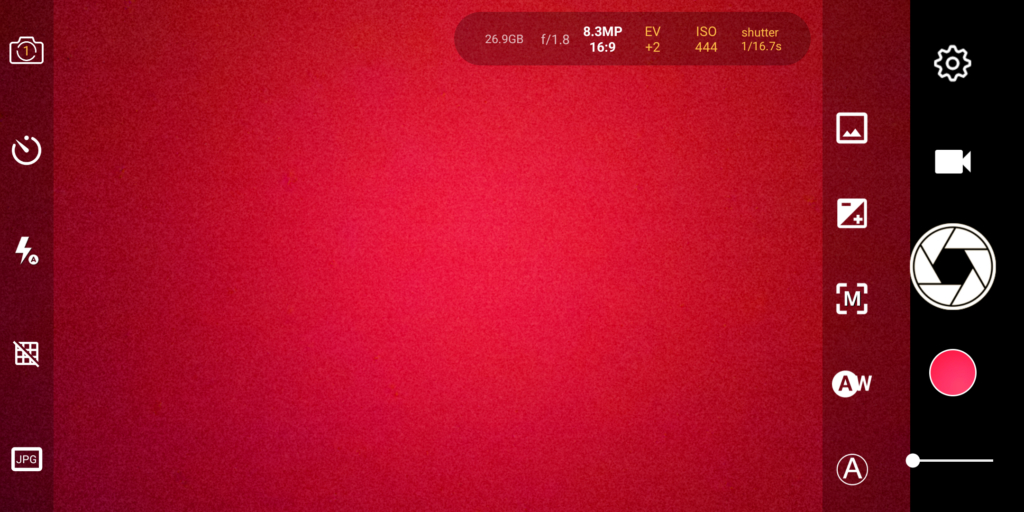
Another app that I loved using during my testing is Manual Camera. If you are new to the concepts of photography, this has all the tools to help you learn the art. It gives you the ability to manually set exposure, white balance, focus, and more. Manual Camera also provides you the luxury of shooting images in JPG, RAW, or even JPG + RAW format. Even for video recording, it offers ample options for you to experiment. You can change the frame rate, bit rate, and also enable video stabilization through the software.
The interface is slick, works on most devices, and does not have ads to bother. What more can you ask!
Pros:
- RAW shooting support
- Manual settings available
- Built-in video stabilization
Cons:
Download: Android
4. Cymera
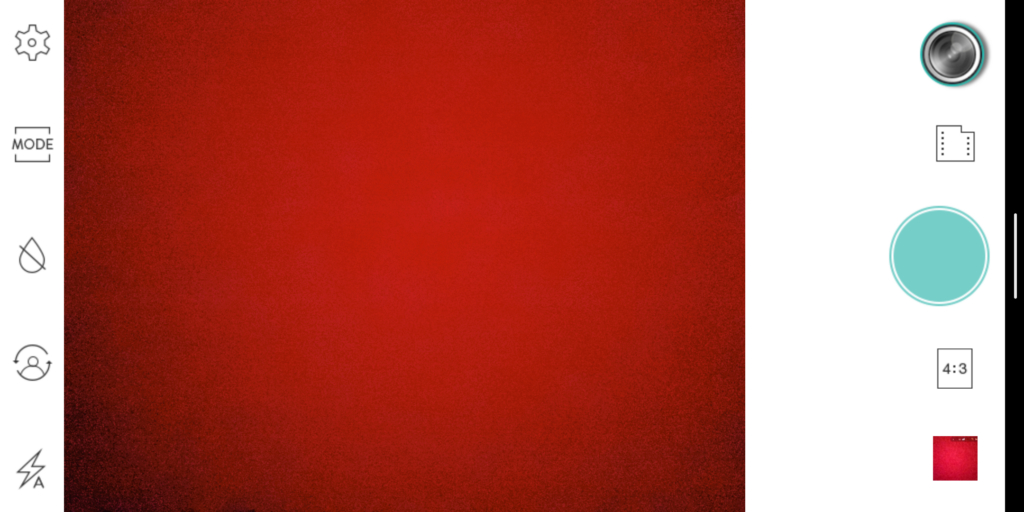
Cymera has a strong mix of features for shooting and live filters that brings freshness to your camera UI. The interface itself is quite colorful and the features make it more lively. You can take photos with the beauty camera from the front camera sensor, add effects and tones to the skin. Or you can move to the main camera and play around with different features available on the app. It allows you to change modes and even the image aspect ratio from 1:1 to 4:3.
The main camera interface also offers a multitude of filters like Secret, Ice Cream, City, and more. You can also change the way your images are shot using different effects that help you change the size of the face, the lighting effect, or even change the way a person is smiling in front of the camera. The viewfinder also has different effects that are accessible from the bottom right.
Pros:
- Live filters for both front and rear camera
- Different versions of viewfinder
- Change image aspect ratio
Cons:
- Video features not supported
Download: Android
5. Google Camera
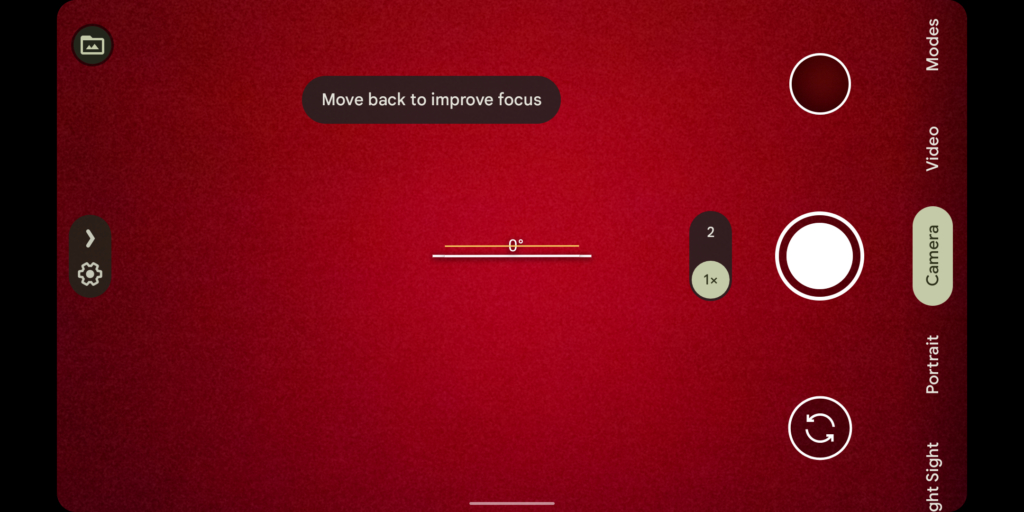
Google is known to offer one of the best camera experiences via its Pixel range of smartphones. Focusing heavily on software optimisations, it is no doubt that the company knows how to make a camera app. The best part is Google’s Camera app works out quite well for other phones, who can pick it up and get Pixel-like software image processing.
The interface is simple and easy to use with options like Camera, Video, Night Sight that offer functions like lens blur, slow motion on compatible devices, and even video stabilisation wherever supported. You also have Google-centric features like Lens that helps you translate and search for items within a picture using the camera on the internet.
The app is equally effective for shooting videos, as you can tweak the settings to shoot time-lapse or slo-mo videos at different levels. All in all, the Google Camera app is more than just a camera app, which is why people wait for new versions of the app to use on their devices.
Pros:
- Night sight
- Different camera modes
- Varied image aspect ratio
Cons:
Download: Android
6. Open Camera
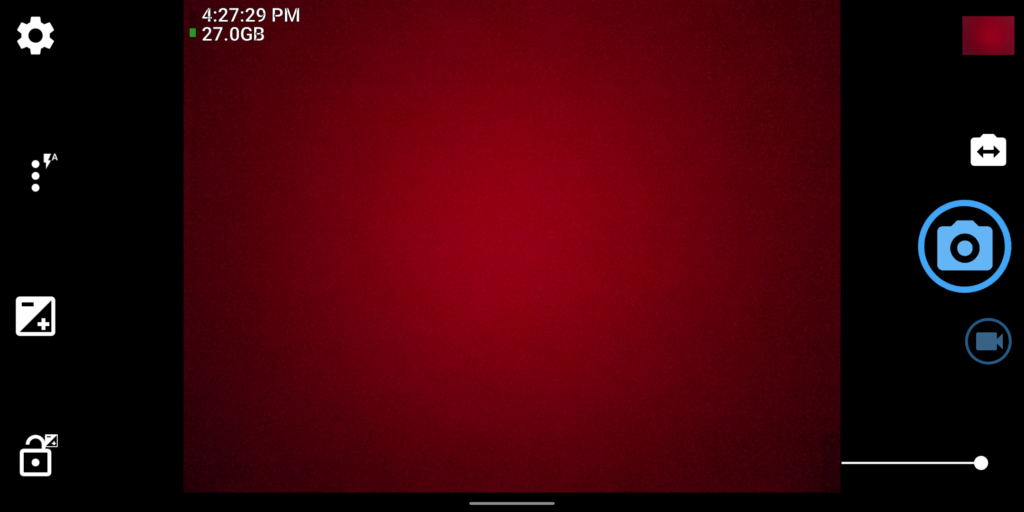
Another worthy consideration for third-party camera apps is Open Camera. It is available free of cost, simple to use, and feature-rich. Be it photos or videos, Open Camera has plenty to offer. You can tweak the zoom range, change the exposure level to get better quality in low light conditions.
The manual settings are also fairly elaborate and you can test them out to get different results. Many users prefer Open Camera as their first third-party app, especially because it allows you to store the images on an SD card (if your phone has that option).
You can also go to settings and enable voice-centric controls for the camera, how cool is that!
Pros:
- Manual camera settings
- Exposure level change
- Voice-enabled controls
Cons:
Download: Android
7. ProCam X Lite
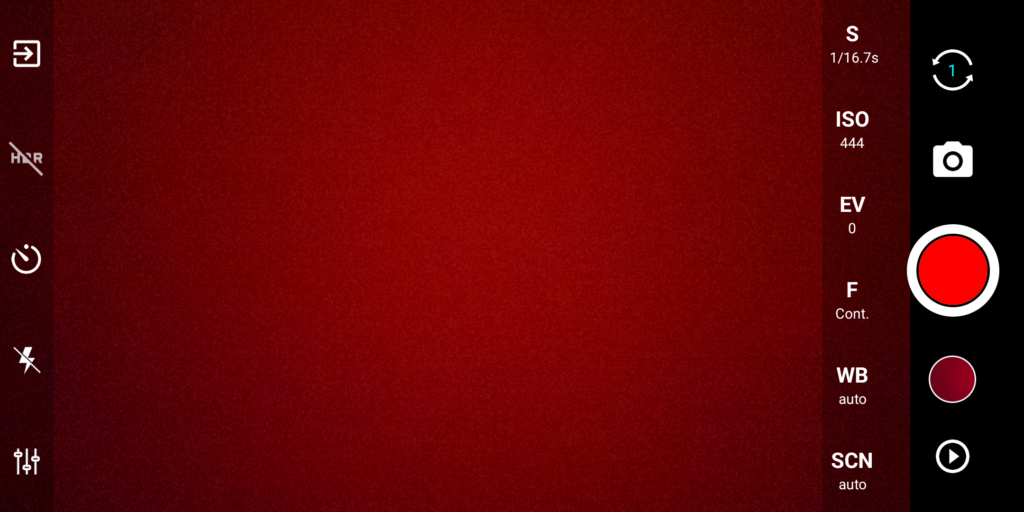
The Lite version of ProCam X is basically the free version but that does not compromise on the features available. The manual options offered on this app are quite detailed. So you can shoot images with manually set ISO, white balance and shutter speed.
The interface is detailed but easy to use. You can shoot images in varied aspect ratios like 2:1, 16:9, and 4:3 in up to 8MP resolution. While the video shooting capability goes up to 4K quality.
For a free app, ProCam X Lite does not throw ads onto your home screen and that is a refreshing change. And moving to the premium version unlocks more features for you to try out.
Pros:
- Manual settings for photos
- Wide variety of aspect ratio
- 4K video recording, no ads
Cons:
- Recording limited to 8MP resolution in free version
Download: Android
8. Silent Camera
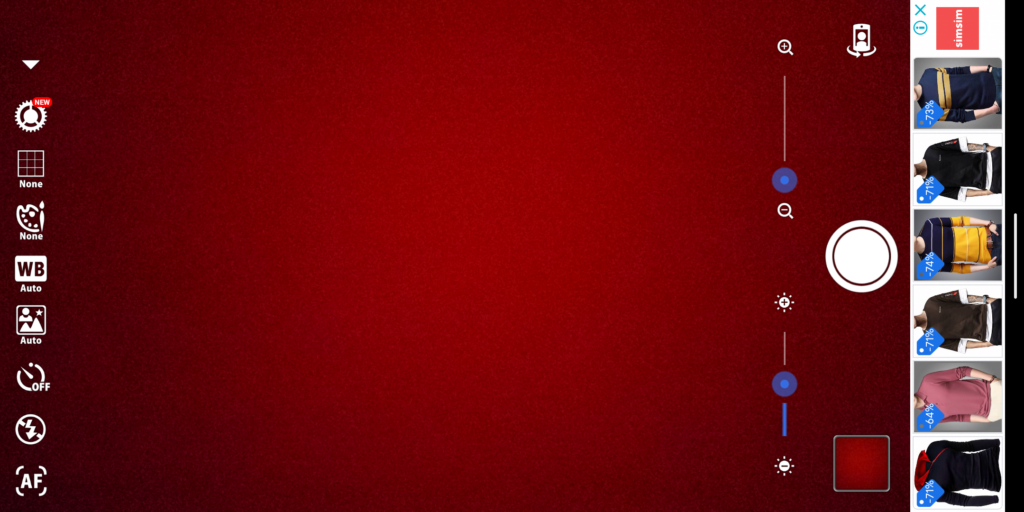
As the same suggests, the Silent Camera app helps you shoot photos with the shutter click silent by default. But that’s not the only good thing about this app. You also have the choice to click up to 40 images in a second which is always handy for some users.
The app’s interface is fairly detailed and well equipped with features that you prefer to use daily. You can also add different colour effects like sepia, solarize, whiteboard, and more. And what I really liked about the app is that you can hide the top-heavy tab with a single click, which makes the interface look cleaner.
It lets you add geotag for photos, shoot in different image aspect ratios like 16:9, 4:3, 1:1, and more. There is a premium version that comes without ads, which in general is not very annoying and stays at the bottom of the screen.
Pros:
- Feature-rich
- Filter options
- White balance and exposure settings
Cons:
- No video features
- Ads in the free version
Download: Android
9. VSCO
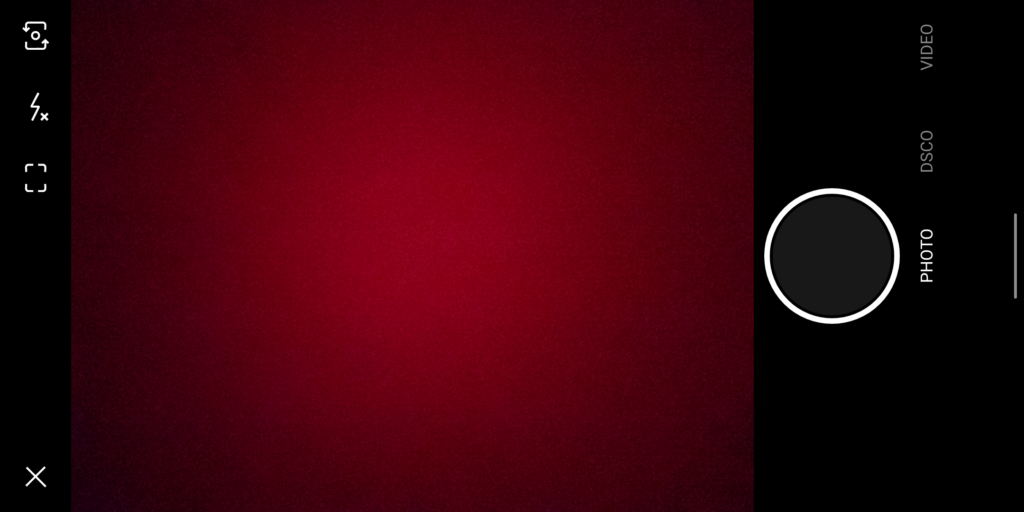
Everybody knows VSCO is renowned for its large library of filters. And besides that, it lets you edit photos with crop, borders, and vignettes. But you can also adjust the colour temperature, colour, skin tone of an image.
The reason why we have added VSCO to this list is that sometimes people want more than just a regular camera app, and truth be told, that’s what it is. But make no mistake, VSCO more than makes up for its app limitations with a slew of other options.
For instance, VSCO has its own online community, so you can either share these photos on the platform, or spread it wide using Instagram or share it with friends via WhatsApp. The use of pre-packaged filters is another big plus about this app, and also, it lets you create different tones, and download them as Recipe. Editing and capturing, VSCO gives you all.
Pros:
- High-quality photo filters
- Social community build-up
- Customise photo tones
Cons:
Download: Android
10. Camera360
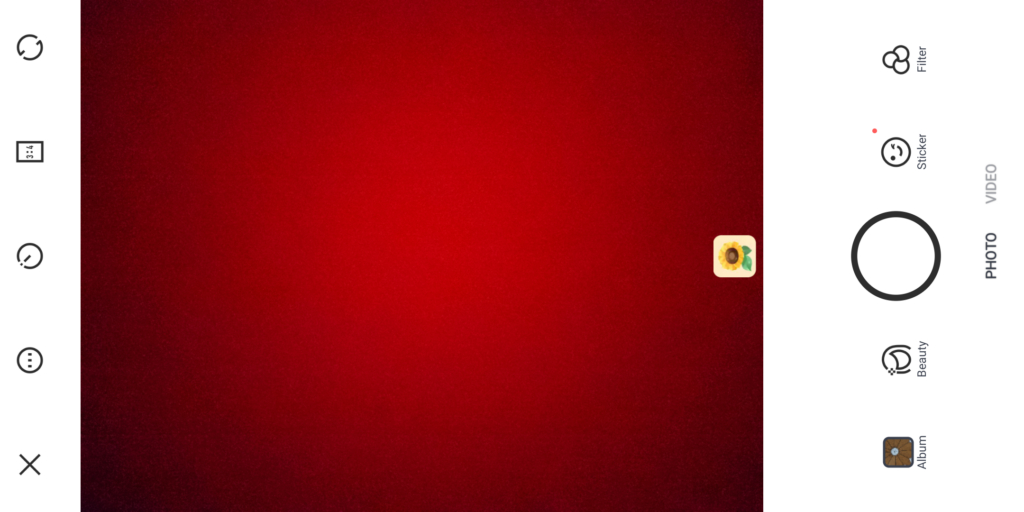
And finally, you have the Camera360 app which feels similar to the Cymera app we talked about a little earlier. So, as you would expect, Camera360 has a plethora of stickers and cartoon packs that you can add to your photos.
The app gives you a mix of photo capturing and editing tools. Its camera interface does not give you a lot but where it highly scores for us and probably for you is the wide range of features like beauty, stickers, and other modes to enhance your selfies. You can apply the same options on videos as well but the possibilities are limited on that front.
Also, the free version has ads that pop up every 10-15 minutes.
Pros:
- Photo and video filters
- Beauty effects
- Different image aspect ratios supported
Cons:
- Ads on the free version
- Limited video features
Download: Android
For all the latest Technology News Click Here
For the latest news and updates, follow us on Google News.
